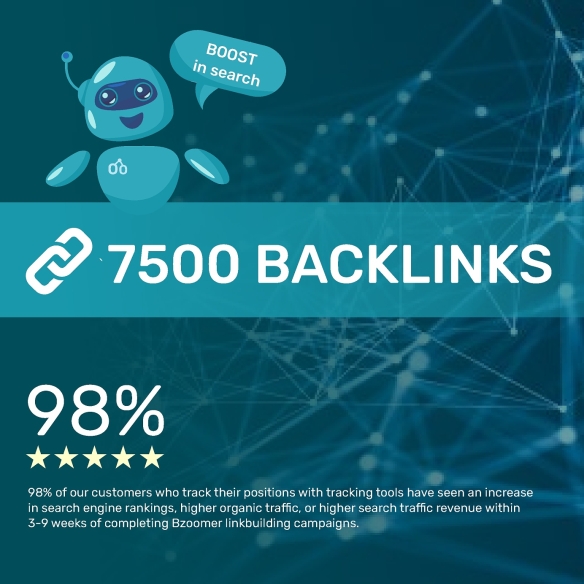Major infrastructure developments — highways, bridges, utilities, industrial parks, water systems, airports, mixed-use developments — require massive capital investment and long-term planning. Yet many of these projects fail, are delayed, or exceed budgets simply because the initial analysis was incomplete or overly optimistic.
An Infrastructure Feasibility Study is the most reliable tool for preventing those failures. It evaluates technical, financial, regulatory, and environmental aspects before construction begins, helping stakeholders uncover hidden costs, anticipate obstacles, and validate whether the project has real long-term potential.
This article explains how a Infrastructure Feasibility Study works, the key elements it must include, common hidden risks, cost variables, and the advantages of using an experienced consulting partner.
What Is an Infrastructure Feasibility Study?
An Infrastructure Feasibility Study is an in-depth investigation that analyzes whether a proposed infrastructure project is realistic, economically viable, and technically achievable. It ensures that decision-makers understand project risks, regulatory constraints, budget requirements, and operational expectations before committing capital.
Infrastructure Feasibility Studies are essential for:
• Governments
• Developers
• Construction firms
• Investors
• Utility providers
• Public–private partnership (PPP) projects
Professional consultants such as HafeziCapital specialize in these complex studies, helping organizations reduce waste, avoid costly mistakes, and structure infrastructure projects for long-term success.
Why Infrastructure Projects Fail Without a Proper Study
Many infrastructure initiatives face serious failures because early planning skipped critical analysis. Common reasons include:
• Underestimated construction and materials costs
• Hidden environmental compliance issues
• Land acquisition disputes
• Inadequate revenue forecasting
• Unrealistic demand projections
• Regulatory delays
• Geotechnical issues that were not assessed early
• Overly optimistic timelines or budgets
A comprehensive Infrastructure Feasibility Study helps eliminate these risks before they escalate into multimillion-dollar problems.
Core Components of a High-Quality Infrastructure Feasibility Study
A robust study examines every dimension of the project:
1. Technical & Engineering Feasibility
• Site analysis and physical constraints
• Geotechnical surveys and soil testing
• Engineering design concepts
• Utility availability and capacity
• Transportation access and logistics
• Construction methods and phasing
These technical details determine real construction challenges and potential cost overruns.
2. Financial Feasibility & Cost Assessment
The financial analysis includes:
• Detailed cost estimates (materials, equipment, labor)
• Land acquisition and permitting fees
• Cost escalations over multi-year timelines
• Revenue models (toll roads, utilities, industrial rent, public service fees)
• Break-even point, NPV, IRR, and payback period
• Long-term operating and maintenance costs
This step identifies whether the project can deliver sustainable financial returns.
3. Market Demand & Economic Impact Analysis
For commercial or urban projects, demand forecasting is critical:
• Demographic and economic data
• Industry trends
• Market saturation
• Competitor and infrastructure alternatives
• Future growth scenarios
A Infrastructure Feasibility Study shows whether there is sufficient long-term demand to justify construction.
4. Environmental & Social Feasibility
Environmental challenges often create the largest delays. A feasibility study evaluates:
• Environmental regulations and required permits
• Ecosystem impact analysis
• Water management and drainage
• Air and noise pollution assessments
• Climate change resilience
• Social and community impacts
Ignoring environmental compliance can delay a project by years.
5. Legal & Regulatory Feasibility
Infrastructure projects must comply with multiple layers of law:
• Zoning restrictions
• Land acquisition rights
• Environmental and safety regulations
• Utility integration requirements
• Public–private partnership legal frameworks
A Infrastructure Feasibility Study identifies regulatory obstacles early to prevent legal conflict later.
6. Operational Feasibility
Once built, the project must operate efficiently. The study reviews:
• Maintenance requirements
• Staffing and management needs
• Lifecycle costs
• Technology integration
• Reliability and redundancy systems
Operational feasibility ensures long-term sustainability.
Identifying Hidden Costs in Infrastructure Projects
One of the main objectives of a Infrastructure Feasibility Study is uncovering hidden costs that can derail budgets. Common hidden expenses include:
• Delays in government permitting
• Environmental remediation
• Relocation of utilities (water, electricity, gas, fiber)
• Geological surprises such as unstable soil
• Land acquisition disagreements
• Escalation in global materials prices
• Traffic impact mitigation
• Stormwater/drainage redesign
• Upgrading nearby infrastructure to support the project
By identifying these hidden costs early, project owners can prevent overruns and modify the scope before construction begins.
Determining Real Project Potential
A Infrastructure Feasibility Study evaluates true long-term potential by analyzing:
• Revenue stability
• Public demand
• Strategic location relevance
• Economic value created for the region
• Long-term operating efficiency
• Alignment with government development plans
• Impact on surrounding infrastructure
Only when these factors are aligned can a project achieve long-term viability and attract financing or public support.
The Role of Professional Consultants
An experienced firm like HafeziCapital brings:
• Advanced economic modeling
• Engineering and design expertise
• Risk assessment methodology
• Financial structuring capabilities
• Global infrastructure experience
HafeziCapital’s feasibility studies help stakeholders understand project risks, forecast performance, and structure developments for operational and financial success. Their structured approach provides reliable decision-making support before any major investment is made.
An Infrastructure Feasibility Study is more than a preliminary assessment — it is a vital roadmap for preventing failure, minimizing risks, and ensuring that infrastructure projects deliver maximum value. By uncovering hidden costs and validating real project potential, a feasibility study protects investors, governments, and developers from costly mistakes and ensures that long-term infrastructure investments are built on solid foundations.
A detailed Infrastructure Feasibility Study is the smartest first step toward planning sustainable, efficient, and future-proof infrastructure developments.


